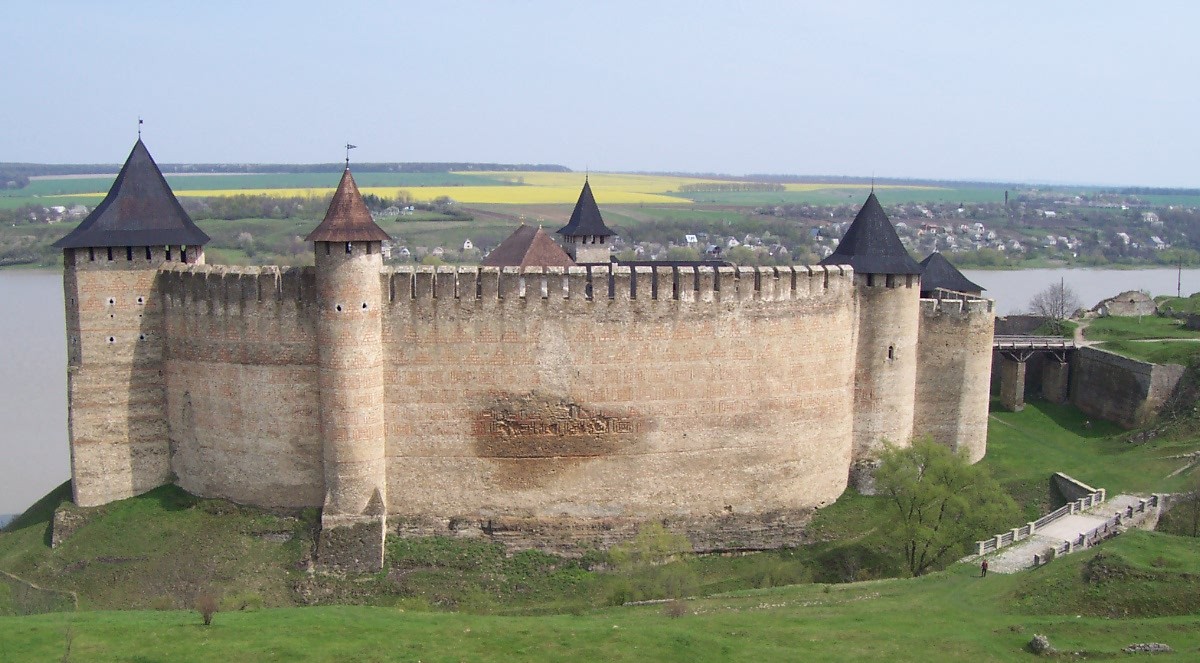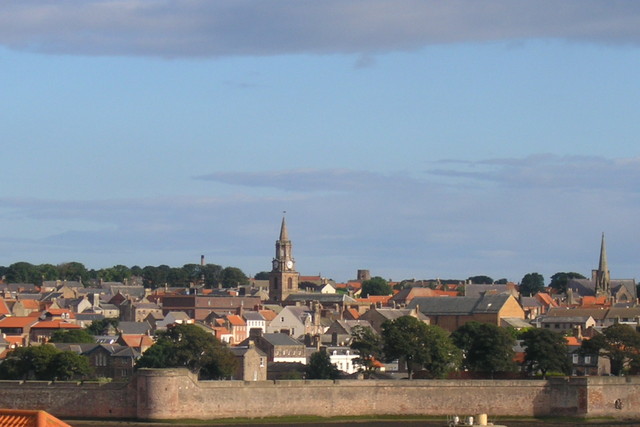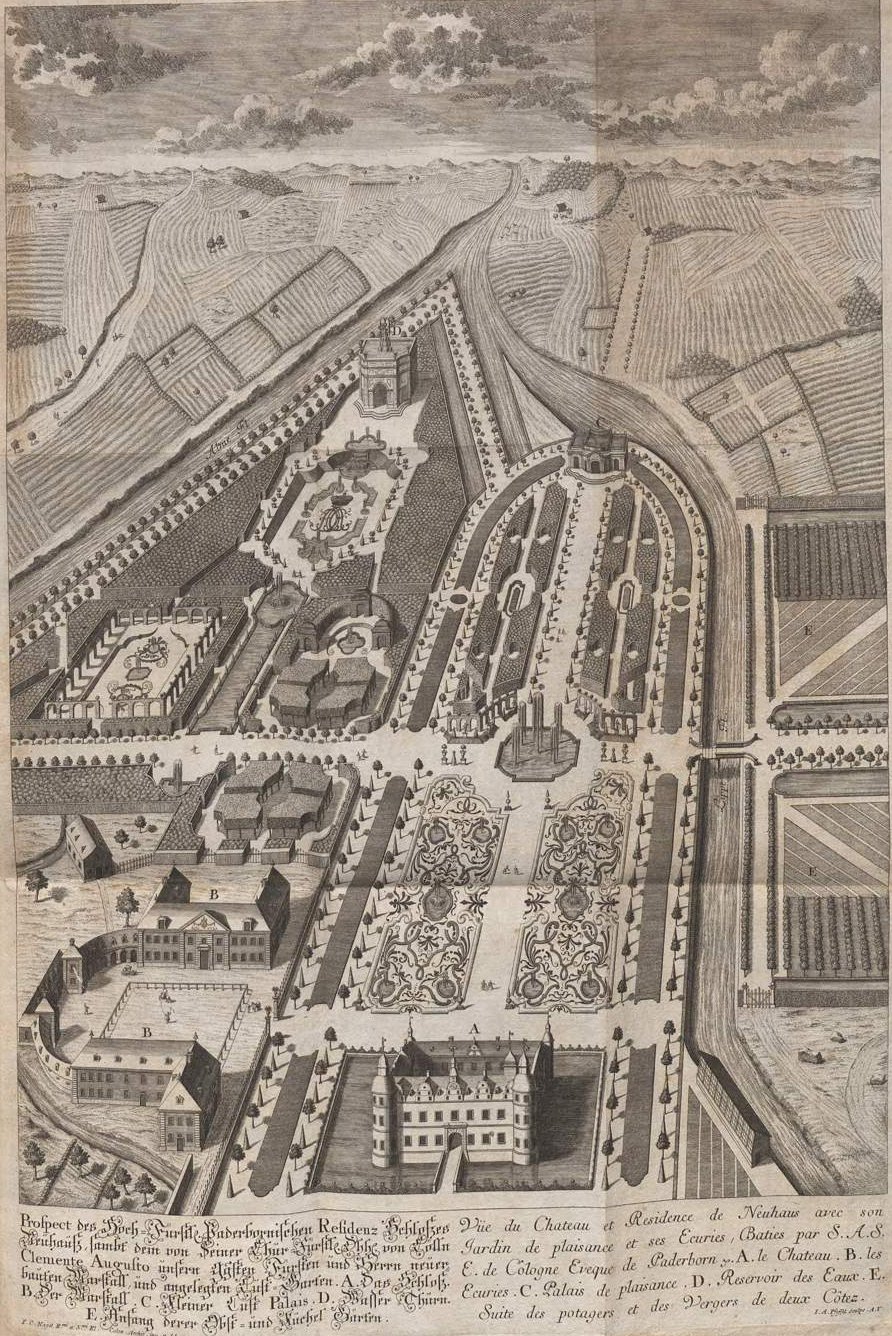|
Enceinte
Enceinte (from Latin ''incinctus'' "girdled, surrounded") is a French term that refers to the "main defensive enclosure of a fortification". For a castle, this is the main defensive line of wall towers and curtain walls enclosing the position. For a settlement, it would refer to the main town wall with its associated gatehouses, towers, and walls. According to the 1911 ''Encyclopædia Britannica'', the term was strictly applied to the continuous line of bastions and curtain walls forming "the body of the place", this last expression being often used as synonymous with ''enceinte''. However, the outworks or defensive wall close to the enceinte were not considered as forming part of it. In early 20th-century fortification, the enceinte was usually simply the ''innermost'' continuous line of fortifications. In architecture, generally, an enceinte is the close or precinct of a cathedral, abbey, castle, etc. This definition of the term differs from the more common use of ''en ... [...More Info...] [...Related Items...] OR: [Wikipedia] [Google] [Baidu] |
Curtain Wall (fortification)
A curtain wall is a defensive wall between fortified towers or bastions of a castle, fortress, or town. Ancient fortifications Evidence for curtain walls or a series of walls surrounding a town or fortress can be found in the historical sources from Assyria and Egypt. Some notable examples are ancient Tel Lachish in Israel and Buhen in Egypt. Curtain walls were built across Europe during the Roman Empire; the early 5th century Theodosian Walls of Constantinople influenced the builders of medieval castles many centuries later. Curtain wall castles In medieval castles, the area surrounded by a curtain wall, with or without towers, is known as the bailey. The outermost walls with their integrated bastions and wall towers together make up the enceinte or main defensive line enclosing the site. In medieval designs of castle and town, the curtain walls were often built to a considerable height and were fronted by a ditch or moat to make assault difficult. Walls were topped ... [...More Info...] [...Related Items...] OR: [Wikipedia] [Google] [Baidu] |
Castle
A castle is a type of fortification, fortified structure built during the Middle Ages predominantly by the nobility or royalty and by Military order (monastic society), military orders. Scholars usually consider a ''castle'' to be the private fortified house, fortified residence of a lord or noble. This is distinct from a mansion, palace, and villa, whose main purpose was exclusively for ''pleasance'' and are not primarily fortresses but may be fortified. Use of the term has varied over time and, sometimes, has also been applied to structures such as hill forts and 19th- and 20th-century homes built to resemble castles. Over the Middle Ages, when genuine castles were built, they took on a great many forms with many different features, although some, such as curtain wall (fortification), curtain walls, arrowslits, and portcullises, were commonplace. European-style castles originated in the 9th and 10th centuries after the fall of the Carolingian Empire, which resulted ... [...More Info...] [...Related Items...] OR: [Wikipedia] [Google] [Baidu] |
Chocim Stronghold
Khotyn (, ; , ; see other names) is a city in Dnistrovskyi Raion, Chernivtsi Oblast of western Ukraine, located south-west of Kamianets-Podilskyi. It hosts the administration of Khotyn urban hromada, one of the hromadas of Ukraine. According to the 2001 Ukrainian census, it has a population of 11,124. Current population: Khotyn, first chronicled in 1001, is located on the right (southwestern) bank of the Dniester River, and is part of the historical region Bessarabia. Important architectural landmarks within the city include the Khotyn Fortress, constructed in the 13-15th centuries (new fortress started in 1325, major improvements in the 1380s and 1460s), and two 15th century constructions by Moldavia's ruler Stephen the Great: the Prince's Palace (''Palatul Domnesc'') and the city's clock tower. Historically, the town was part of the Kievan Rus' and the Galicia–Volhynia Principality (from its foundation to 1359), Principality of Moldavia, and the Polish–Lithuanian Comm ... [...More Info...] [...Related Items...] OR: [Wikipedia] [Google] [Baidu] |
Pleasure Garden
A pleasure garden is a park or garden that is open to the public for recreation and entertainment. Pleasure gardens differ from other public gardens by serving as venues for entertainment, variously featuring such attractions as concert halls, bandstands, amusement rides, zoos, and menageries. Historically a "pleasure garden" or ''pleasure ground'' meant private flower gardens, shrub gardens or formal wooded areas such as bosquets, that were planted for enjoyment, with ornamental plants and neat paths for walking. These were distinguished from the areas in a large garden planted as lawns or a landscaped park, or the "useful" areas of the kitchen garden and woodland. Pleasure gardens provided a cool and refreshing refuge from the summer heat. The Mediterranean gardens were also maintained in the winter season, with winter rain allowing for the upkeep of rose and almond trees in northern Italy. This made the gardens a welcome retreat throughout the year. The two meanings of the t ... [...More Info...] [...Related Items...] OR: [Wikipedia] [Google] [Baidu] |
Baroque (architecture)
Baroque architecture is a highly decorative and theatrical style which appeared in Italy in the late 16th century and gradually spread across Europe. It was originally introduced by the Catholic Church, particularly by the Jesuits, as a means to combat the Reformation and the Protestantism, Protestant church with a new architecture that inspired surprise and awe. It reached its peak in the High Baroque (1625–1675), when it was used in churches and palaces in Italy, Spain, Portugal, France, Bavaria and Austria. In the Late Baroque period (1675–1750), it reached as far as Russia, the Ottoman Baroque architecture, Ottoman Empire and the Spanish colonization of the Americas, Spanish and Portuguese colonization of the Americas, Portuguese colonies in Latin America. In about 1730, an even more elaborately decorative variant called Rococo appeared and flourished in Central Europe. Baroque architects took the basic elements of Renaissance architecture, including domes and colonnades, ... [...More Info...] [...Related Items...] OR: [Wikipedia] [Google] [Baidu] |
Zwinger
A () is an open kill zone area between two defensive walls that is used for defensive purposes. s were built in the medieval and early modern periods to improve the defence of castles and town walls. The term is usually left untranslated, but is sometimes rendered as "outer courtyard", presumably referring to the subsequent role of a as a castle's defences became redundant and it was converted into a palace or ''schloss''; however, this belies its original purpose as a form of killing ground for the defence. The word is linked with , "to force", perhaps because the forced an enemy to negotiate it before assaulting the main defensive line. Essenwein states that the "main purpose of this feature was so that the besieging force could not reach the actual castle wall very easily with battering rams or belfries, but had to stop at the lower, outer wall; also that two ranks of archers, behind and above one another, could fire upon the approaching enemy".von Essenwein, "Kriegsba ... [...More Info...] [...Related Items...] OR: [Wikipedia] [Google] [Baidu] |
Quadrangular Castle
A quadrangular castle or courtyard castle is a type of castle characterised by ranges of buildings which are integral with the curtain walls, enclosing a central ward or quadrangle, and typically with angle towers. There is no keep and frequently no distinct gatehouse. The quadrangular form predominantly dates from the mid to late fourteenth century and signals the transition from defensively to domestically oriented great houses. The four walls are also known as ranges. Quadrangular castles typically display a sophisticated and complex approach to the planning of internal social spaces. There are many quadrangular castles around the UK, for example: Bodiam Castle in East Sussex, and Bolton Castle. The 27 quadrangular castles identified by John Rickard as being built in England consist roughly 10% of the castles built in the country between 1272 and 1422. No castles of this design were built in Wales. One of the earliest quadrangular castles in Germany is Neuleiningen Neulei ... [...More Info...] [...Related Items...] OR: [Wikipedia] [Google] [Baidu] |
Lowland Castle
The term lowland castle or plains castle () describes a type of castle that is situated on a lowland, plain or valley floor, as opposed to one built on higher ground such as a hill spur. The classification is extensively used in Germany where about 34 percent of all castles are of the lowland type.Krahe, pp. 21-23 (2002) Because lowland castles do not have the defensive advantage of a site on higher ground, sites are chosen that are easy to defend, taking advantage, for example, of rivers, islands in lakes or marshes. Where such natural obstacles do not exist, artificially similar obstacles take on added significance. These include water-filled or dry moats, ramparts, palisades and curtain walls. In order to increase the height of the castle above the surrounding terrain, artificial earth mounds may be built (such as mottes), and fortified towers also fulfil this purpose. Castles of the Early Middle Ages (including Slavic and Saxon castles) often had a narrow, deep ditch a ... [...More Info...] [...Related Items...] OR: [Wikipedia] [Google] [Baidu] |
Polygon
In geometry, a polygon () is a plane figure made up of line segments connected to form a closed polygonal chain. The segments of a closed polygonal chain are called its '' edges'' or ''sides''. The points where two edges meet are the polygon's '' vertices'' or ''corners''. An ''n''-gon is a polygon with ''n'' sides; for example, a triangle is a 3-gon. A simple polygon is one which does not intersect itself. More precisely, the only allowed intersections among the line segments that make up the polygon are the shared endpoints of consecutive segments in the polygonal chain. A simple polygon is the boundary of a region of the plane that is called a ''solid polygon''. The interior of a solid polygon is its ''body'', also known as a ''polygonal region'' or ''polygonal area''. In contexts where one is concerned only with simple and solid polygons, a ''polygon'' may refer only to a simple polygon or to a solid polygon. A polygonal chain may cross over itself, creating star polyg ... [...More Info...] [...Related Items...] OR: [Wikipedia] [Google] [Baidu] |
Hill Castle
A hill castle or mountain castle is a castle built on a natural feature that stands above the surrounding terrain. It is a term derived from the German ''Höhenburg'' used in categorising castle sites by their topographical location. Hill castles are thus distinguished from lowland castles (''Niederungsburgen''). Hill castles may be further subdivided depending on their situation into the following: * Hilltop castle (''Gipfelburg''), that stands on the summit of a hill with steep drops on all sides. A special type is the rock castle or ''Felsenburg''. * Ridge castle (''Kammburg''), that is built on the crest of a ridge. * Hillside castle (''Hangburg''), that is built on the side of a hill and thus is dominated by rising ground on one side. * Spur castle (''Spornburg''), that is built on a hill spur surrounded by steep terrain on three sides and thus only needs to be defended on the one remaining side. When in the 10th and 11th centuries castles lost their pure fortress character a ... [...More Info...] [...Related Items...] OR: [Wikipedia] [Google] [Baidu] |
Fortified Tower
A fortified tower (also defensive tower or castle tower or, in context, just tower) is one of the defensive structures used in fortifications, such as castles, along with defensive walls such as curtain walls. Castle towers can have a variety of different shapes and fulfil different functions. Shape of towers Rectangular towers Square or rectangular towers are easy to construct and give a good amount of usable internal space. Their disadvantage is that the corners are vulnerable to mining. Despite this vulnerability, rectangular towers continued to be used, and Muslim military architecture generally favoured them.Kennedy (2000). Round towers Round towers, also called drum towers, are more resistant to siege technology such as sappers and projectiles than square towers. The round front is more resistant than the straight side of a square tower, just as a load-bearing arch. This principle was already understood in antiquity. Horseshoe-shaped towers The horseshoe-shaped (or D ... [...More Info...] [...Related Items...] OR: [Wikipedia] [Google] [Baidu] |
Embrasure
An embrasure (or crenel or crenelle; sometimes called gunhole in the domain of Age of Gunpowder, gunpowder-era architecture) is the opening in a battlement between two raised solid portions (merlons). Alternatively, an embrasure can be a space hollowed out throughout the thickness of a wall by the establishment of a Bay (architecture), bay. This term designates the internal part of this space, relative to the closing device, door or window. In fortification this refers to the outward splay of a window or of an arrowslit on the inside. In ancient and medieval military engineering, embrasures were constructed in towers and walls. A Loophole (firearm), loophole, arrow loop or arrowslit passes through a solid wall, and thus forms an embrasure of shooting, allowing Bow and arrow, archer or Gunner (rank), gunner weapons to be fired out from the fortification while the firer remains under cover. This type of opening was flared inward - that is: the opening was very narrow on the o ... [...More Info...] [...Related Items...] OR: [Wikipedia] [Google] [Baidu] |







